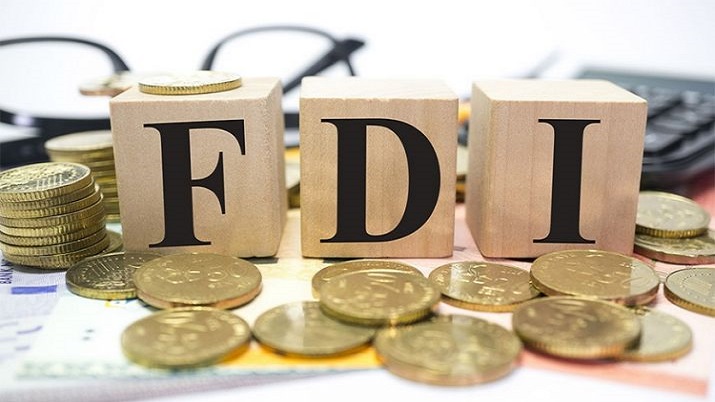Bhaskar Nath Biswal
The much-awaited decision in Budget 2021 to hike FDI in insurance sector from 49 per cent to 74 per cent was well received by international payers and it is expected that the country can see investment by MNCs of around Rs 20000 crore to Rs 25000 crore in the next three years. India, with one of the lowest insurance penetration globally, will benefit with the increase in FDI as capital infusion will strengthen private players who can play a key role in taking insurance to the country’s nook and corner. At the same time they can give a tough competition to public sector insurance giants by rolling innovative products with increased use of technology.
Insurance penetration is measured as the percentage of insurance premium in USD to the GDP and the insurance density is measured as the ratio of premium in USD to population.
After liberalisation of the insurance sector in the beginning of the 21st century, there was consistent growth in insurance penetration from 2.71 per cent in 2001 to 5.2 per cent in 2009. The period from 2010 to 2014 witnessed a decline in penetration of insurance. However, the following years marked growth from 3.44 in 2015 to 3.70 in 2018 against the global average of 6.09. Life insurance penetration in the country which stood at 2.15 in 2001 increased to all time high of 4.60 in 2009 and touched 2.74 in 2018 against the global figure of 3.31. Similarly, non-life insurance penetration remained at 0.56 in 2001 and increased to 0.97 in 2018 against 2.78 at the global level.
The insurance density which stood at 11.5 USD in 2001 increased to 64.4 USD in 2010. There was a slight decrease thereafter but reached 74 USD in 2018. Life insurance density which stood at 9.10 USD in 2001 reached 55 USD in 2018 and non-life insurance density which was 2.4 USD in 2001 increased to 19 USD in 2018. These figures speak volumes about the growth in the insurance industry but there is still much place to cover and the finance minister’s announcement is a shot in the arm for the sector.
As per IRDAI Annual Report 2018-19, there were 8785 life insurance offices a decade ago which came down to 6347 in 2019. On the other hand, the number of life insurance offices of LIC of India which stood at 3030 a decade ago increased to 4932 in 2019. This reflects the steady growth of the public sector in life insurance whereas the private sector is lagging behind. On the other hand, in the non-life sector, it is the private sector which is in the driver’s seat. The number of non-life insurance public sector offices operating in the country decreased from 8296 in 2018 to 8150 in 2019. But the number of non-life insurance offices of the private sector increased from 2043 in 2018 to 2459 in 2019.
However, the challenge is the proposed new structure of management. In her Budget speech, Nirmala Seetharaman said that under the new structure, majority of the directors on the board and key management persons would be resident Indians, with at least 50 per cent of the directors being independent directors and specified percentage of profit being retained as general reserves. This will create some sort of safe guard in case an unwanted situation arises in future.
In 2014, the Indian government increased the FDI from 26 per cent to 49 per cent but the stringent rule requiring all insurers to be Indian owned and Indian managed discouraged many multinationals to pump in capital. However, the present proposal looks lucrative and no doubt the insurance sector will attract FDI to boost penetration and density levels of insurance in the country.
The writer is Head, Department of Commerce, Nowrangpur College. Views are personal.



